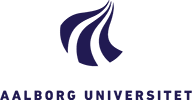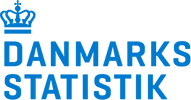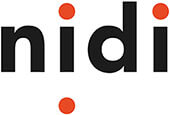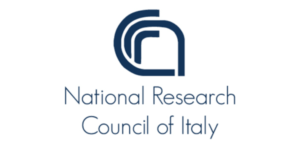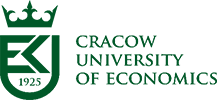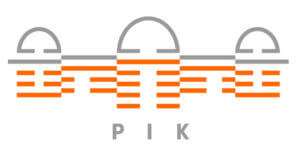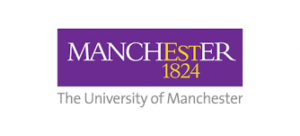IRAQ: Drivers and Trajectories of Migration to Europe
The recent development in migration research tends to highlight the necessity of going beyond the traditional theoretical framework for understanding why people migrate at the given point in time. The push and pull framework despite its relevance is limited for understanding migrations decision making and process.
Instead, the FUME (Future migration scenarios in Europe) project called for analysing migration as a non-linear and fragmented process whereby cities could on the one hand serve as a stepping stone for further transnational migration or on the other, become a destination for people who initially wanted to migrate internationally. It is therefore a prerequisite for understanding the present and future determinants of migration decision to understand how the complexity of the interaction between different temporalities and trajectories and lived experiences in urban areas inform and help re-evaluate migrations aspirations and projects.
This research draws on qualitative interviews with experts and potential migrants in two cities in the Kurdistan Iraqi region and advocates for an understanding of migration decisions that account for socio-cultural and geographical and temporal perspectives. In other words, the changes reflect the lived experience of Iraqis, especially those of religious or ethnic minorities. Iraq’s transition to a relatively stable economy has shifted the migration processes from a safety-driven phenomenon to an economic one. Regardless of the time of their arrival in the cities of Duhok and Zakho, Informants, particularly, those who stayed over 10 years, show a sense of belonging to a place, especially as their families succeed in establishing a safe and peaceful life. However, for the Government to improve work opportunities, leaving many informants shimmering a potential move to a place such as Europe, which is more perceived as an attainable dream than a concrete
and realistic project.

